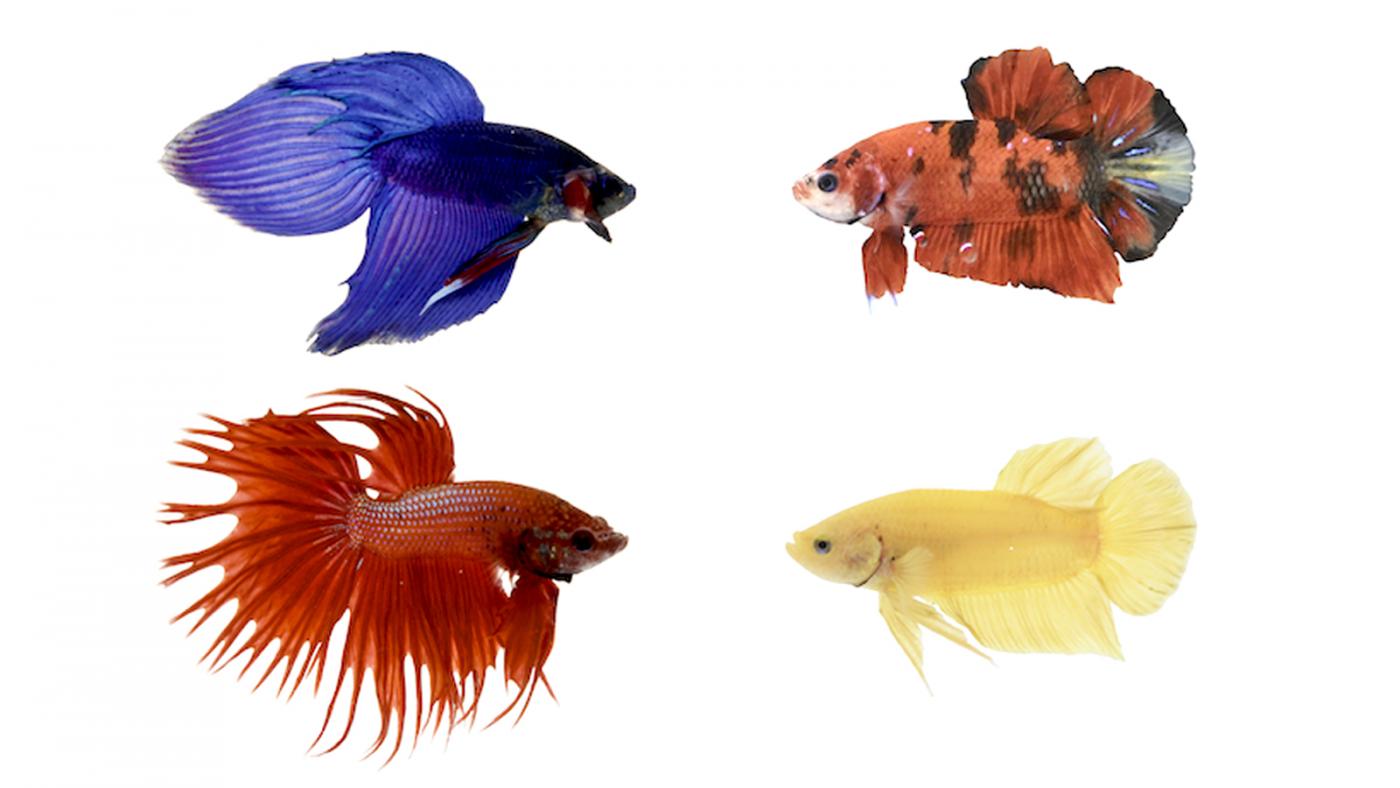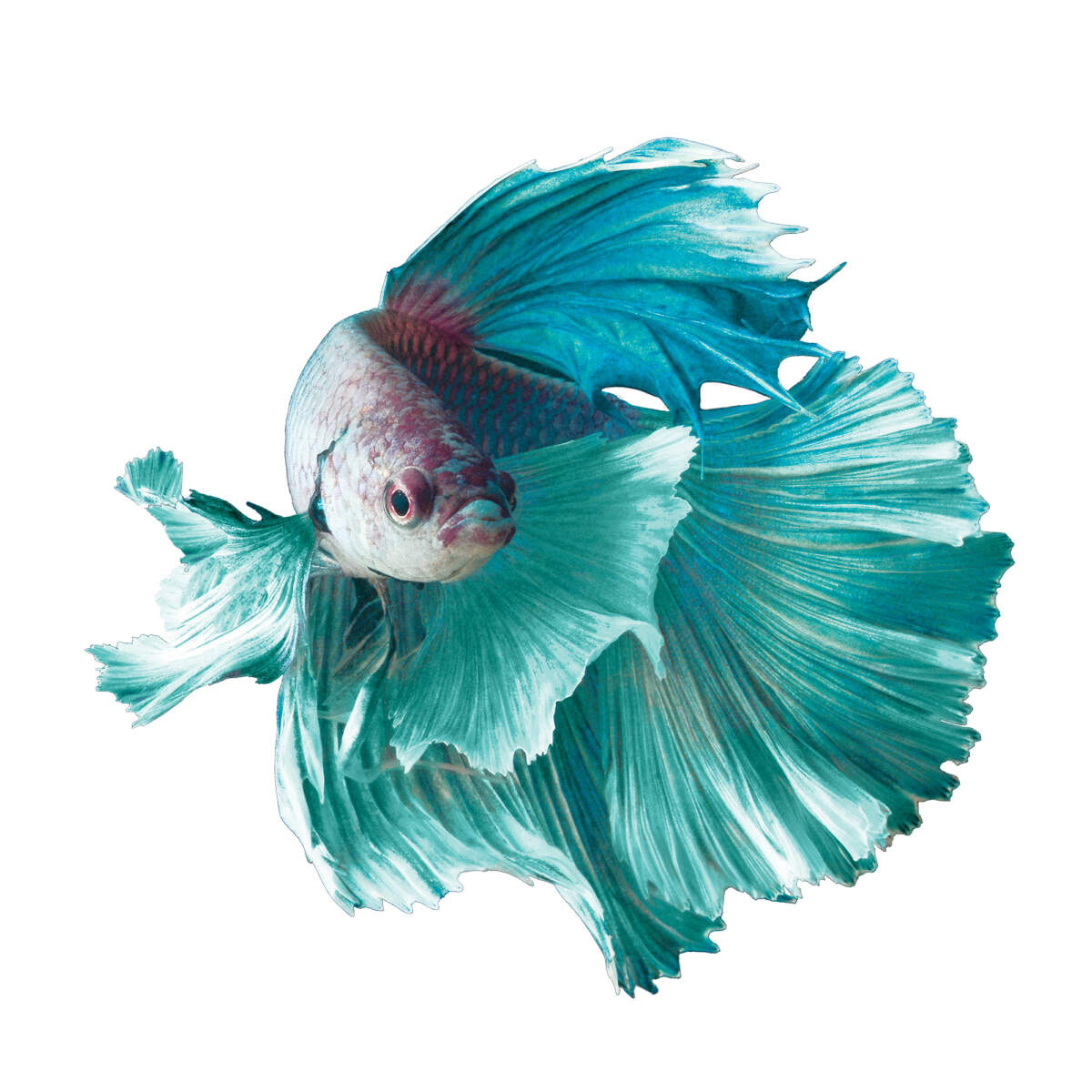Betta Fish Diet: What to Feed Your Betta for Optimal Health And Wellness
Betta Fish Diet: What to Feed Your Betta for Optimal Health And Wellness
Blog Article
How to Reproduce Betta Fish Effectively: Expert Strategies and Insights for Hobbyists Seeking To Expand Their Betta Collection
Breeding Betta fish needs a nuanced understanding of genes and environmental conditions, making it essential for hobbyists to come close to the procedure with both diligence and care. Producing an optimum reproduction setting, choosing the best sets, and observing the details of their courtship behaviors are foundational actions that can substantially impact the end result.
Comprehending Betta Fish Genes
Understanding the genes of Betta fish is critical for effective reproduction, as it influences characteristics such as color, fin form, and actions. Betta fish show a diverse range of colors and patterns, greatly established by their hereditary makeup.
In addition to coloration, fin morphology is an additional substantial element of Betta genetics (betta fish). The form and dimension of fins are influenced by various genetics, including those that identify whether the fins are brief, long, or veil-shaped. Recognizing these genetic variations aids dog breeders predict the phenotypic end results of their children
Furthermore, behavioral qualities such as aggressiveness and territoriality can also be affected by genetics. These actions play an important role in the reproducing process, as they can influence generating success and the overall personality of the resulting fry. By thoroughly understanding these hereditary principles, dog breeders can make educated choices, eventually enhancing their reproduction programs and achieving preferable results.
Preparing the Reproduction Atmosphere
Developing an ideal breeding setting is important for the effective reproduction of Betta fish. The primary step in preparing this environment is to choose an ideal breeding container, ideally ranging from 5 to 10 gallons. This dimension enables enough swimming space and the facility of territories. The storage tank should be furnished with a heater to preserve a secure temperature in between 78 ° F and 80 ° F, which is crucial for motivating generating behavior.
Next, take into consideration the usage of a sponge filter or an air stone to supply gentle water flow without developing solid currents that can stress the fish. It is necessary to install plants or breeding cones to provide concealing places and advertise comfort for the female during the spawning procedure. Drifting plants, such as Java moss or water sprite, can also produce a much more native environment while facilitating bubble nest building by the male.
Prior to presenting the breeding pairs, make sure the water is conditioned and devoid of damaging chemicals, such as chlorine or hefty steels. betta fish. Routine water adjustments must be performed to preserve optimal water high quality, boosting the possibilities of effective breeding. With these preparations in place, the breeding environment will certainly sustain the health and wellness and wellness of both Betta fish
Choosing Breeding Pairs
Selecting the appropriate reproduction sets is vital great post to read for accomplishing successful Betta fish reproduction. When picking your reproduction pairs, consider numerous vital aspects including health, personality, and genes. Healthy Betta fish show lively colors, clear eyes, and active actions. Choosing fish that are devoid of disease makes certain a much better chance of generating feasible offspring.
Personality is another vital consideration, as Betta fish are recognized for their aggressive nature. It is advisable to choose a male and woman that exhibit suitable temperaments to decrease tension throughout the breeding procedure. A calm man can encourage a smoother courtship, while a lady that is too hostile may interrupt the procedure.
Genetic history also plays a considerable duty in the high quality of the spawn. Breeding fish that are genetically varied can lower the danger of genetic health concerns and enhance the general vitality of the fry. It is valuable to look into the lineage of both the man and lady, focusing on desirable attributes such as fin type, color scheme, and size.
The Reproduction Refine
The breeding process of Betta fish needs mindful planning and interest to information to ensure a successful end result. It is vital to prepare an appropriate reproduction container, preferably a 5-10 gallon aquarium with a temperature preserved at 78-80 ° F. The storage tank needs to be geared up with a heating unit, filter (ideally sponge kind to stay clear of solid currents), and lots of water plants for the woman to conceal.
As soon as the setting is set, introduce the chosen breeding pair to the storage tank, permitting them to adjust. Observe their habits; the man will certainly display fancy courtship rituals, consisting of flaring his fins and developing a bubble nest. If the lady shows interest, she will certainly present vertical stripes showing preparedness for spawning.
When the female is receptive, the set will certainly participate in a breeding embrace, during which the male fertilizes look at this now the eggs. It is critical to monitor their interactions carefully, as the man may become aggressive. After spawning, remove the female to avoid prospective damage. The male will tend to the eggs, which usually hatch within 24-36 hours. Preserving ideal water problems throughout this period is essential for the growth of healthy and balanced Betta fry.
Taking Care Of Betta Fry

Feeding Betta fry is vital, as they call for a diet high in protein. At first, they can be fed infusoria or fluid fry food, transitioning to carefully smashed premium pellets as they expand. Feed small parts several times a day to motivate healthy and balanced development without straining the container with leftover food.

As they develop, monitor their development carefully and divide any type of aggressive people to prevent injury. By offering a supporting atmosphere and correct nutrition, enthusiasts can successfully increase Betta fry into lively, healthy and balanced fish, eventually boosting their breeding undertakings.
Conclusion
Effective Betta fish reproduction calls for meticulous attention to genetic choice, ecological problems, and treatment for the fry. By recognizing the genes of Betta fish and preparing an ideal reproduction environment, hobbyists can enhance the chances of producing dynamic, healthy offspring.
Report this page